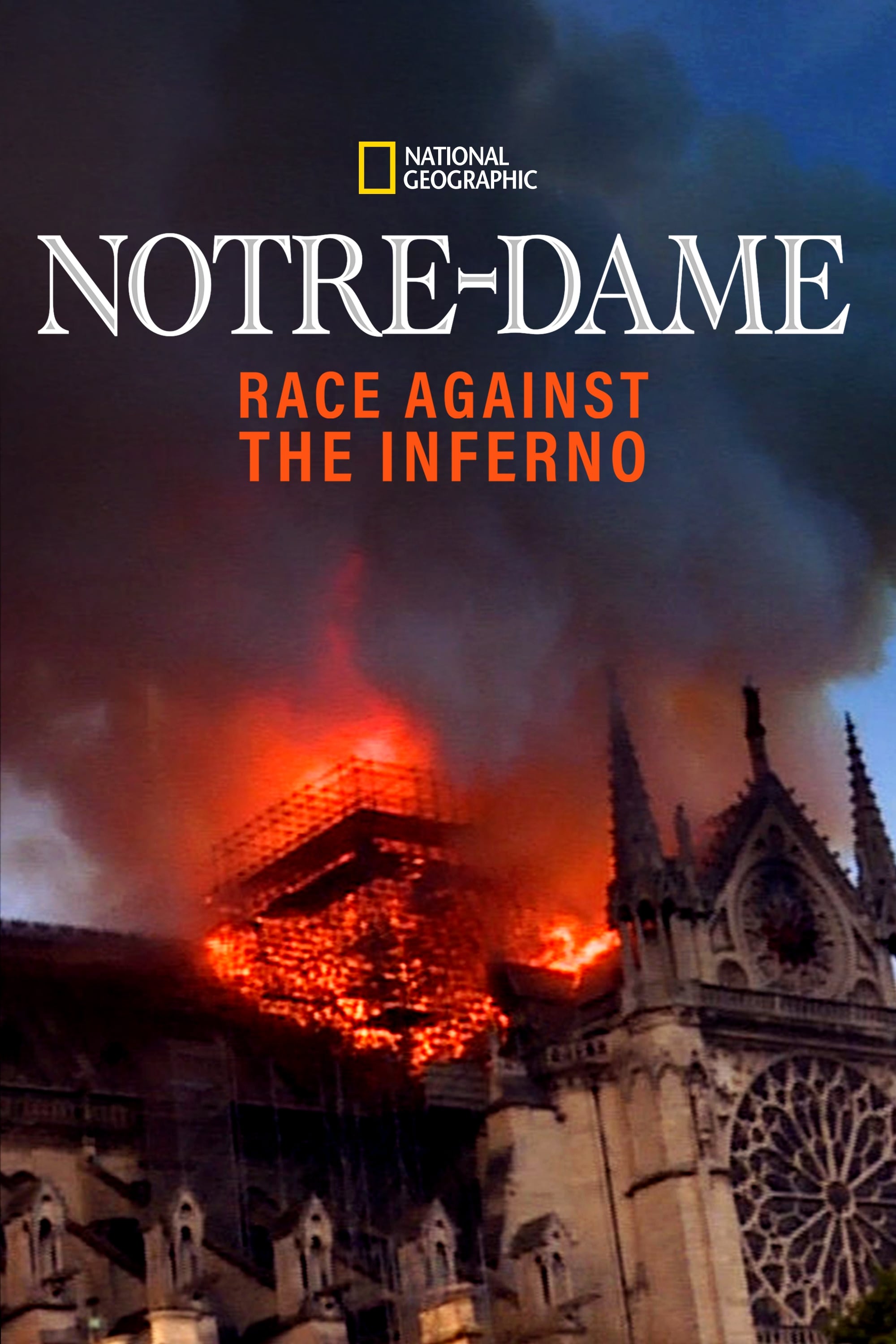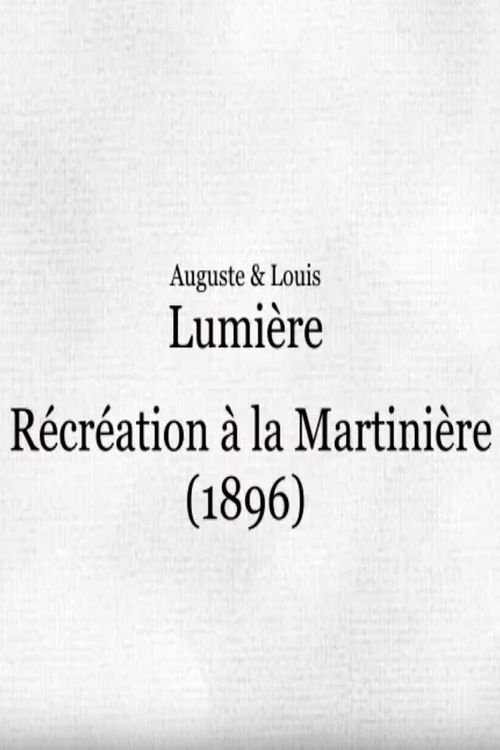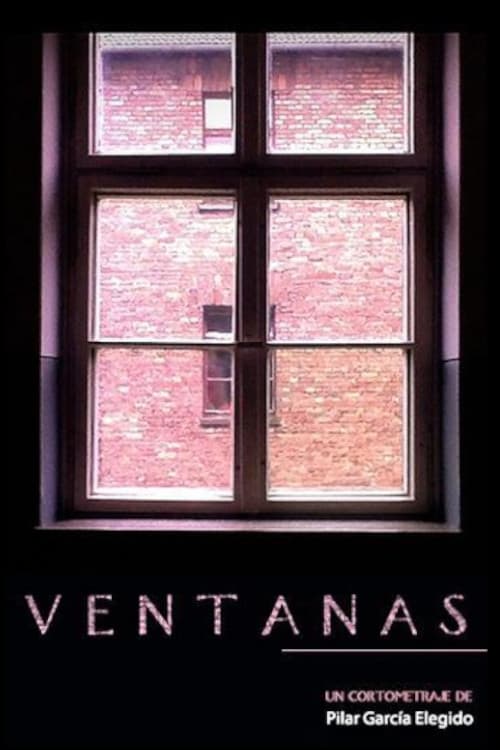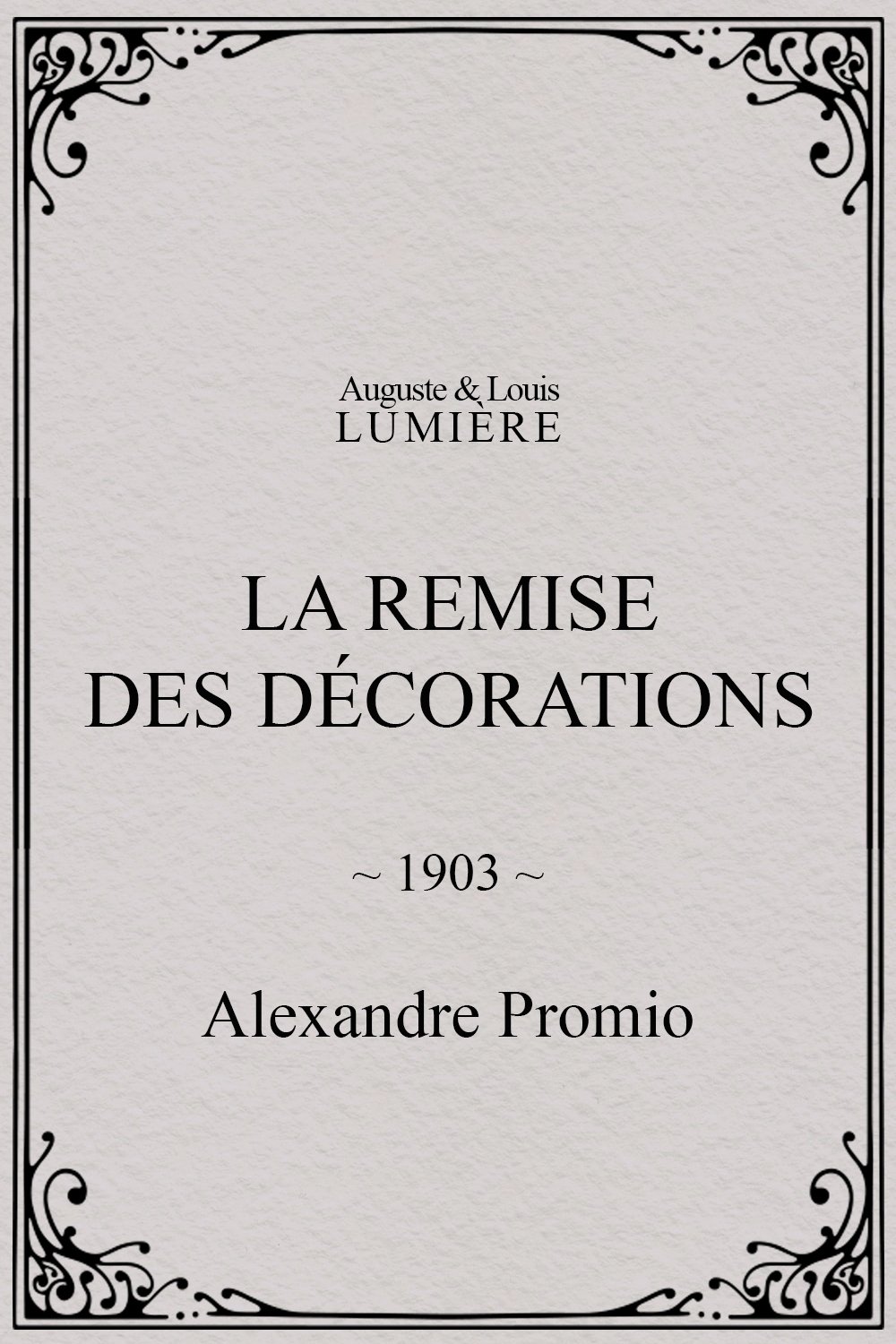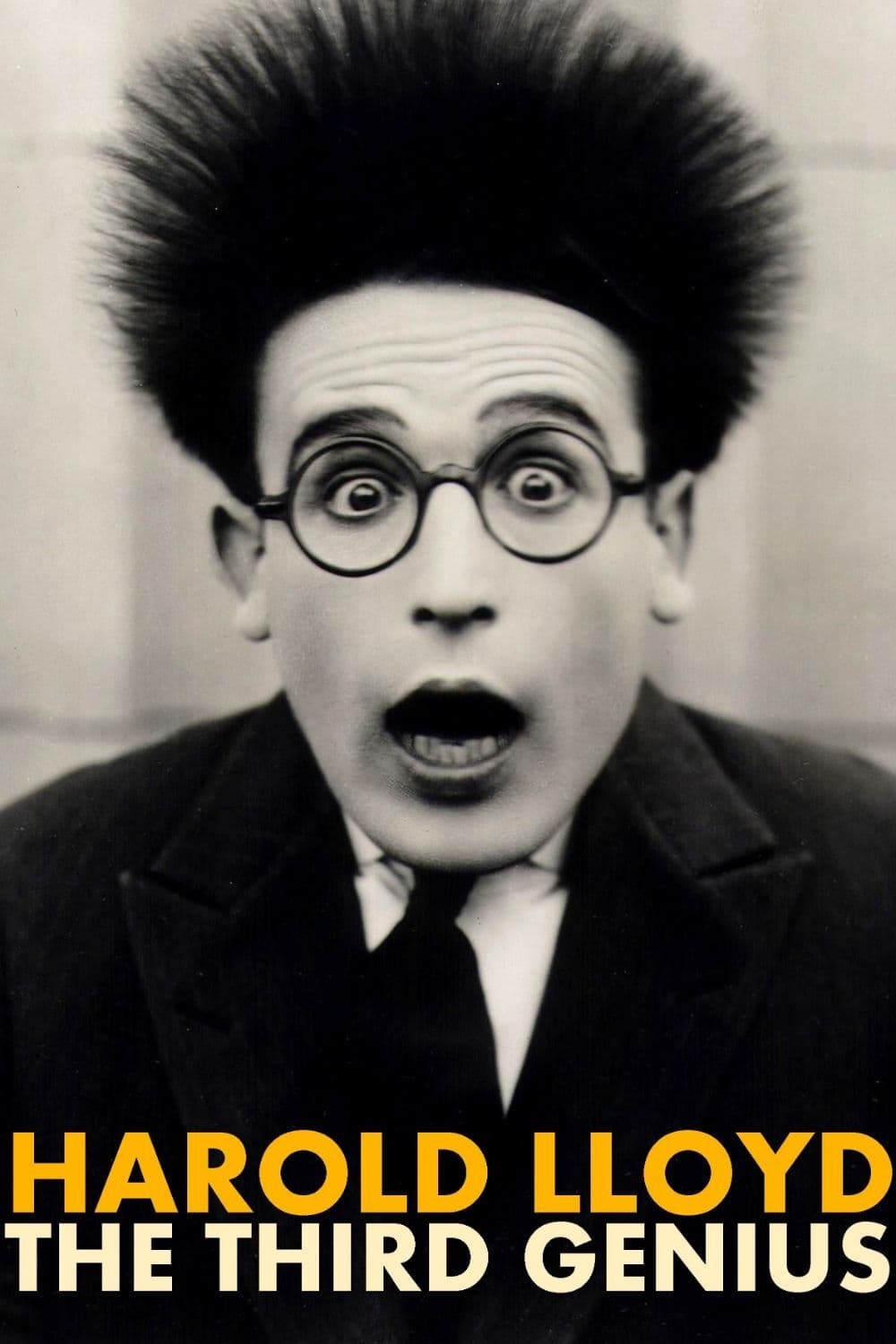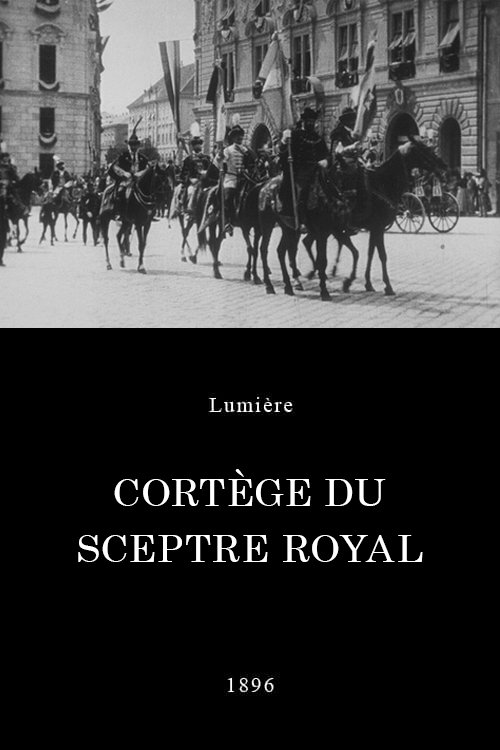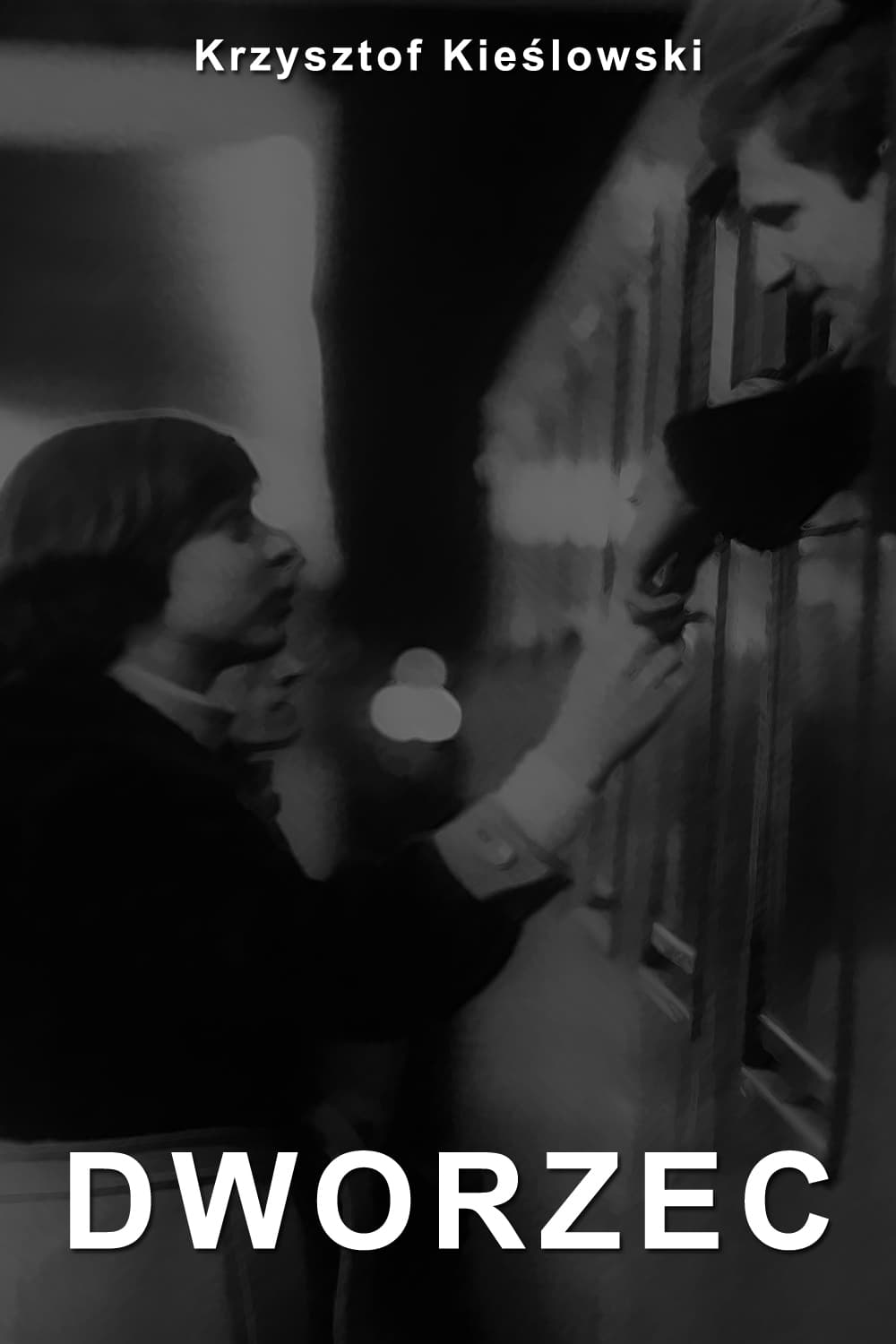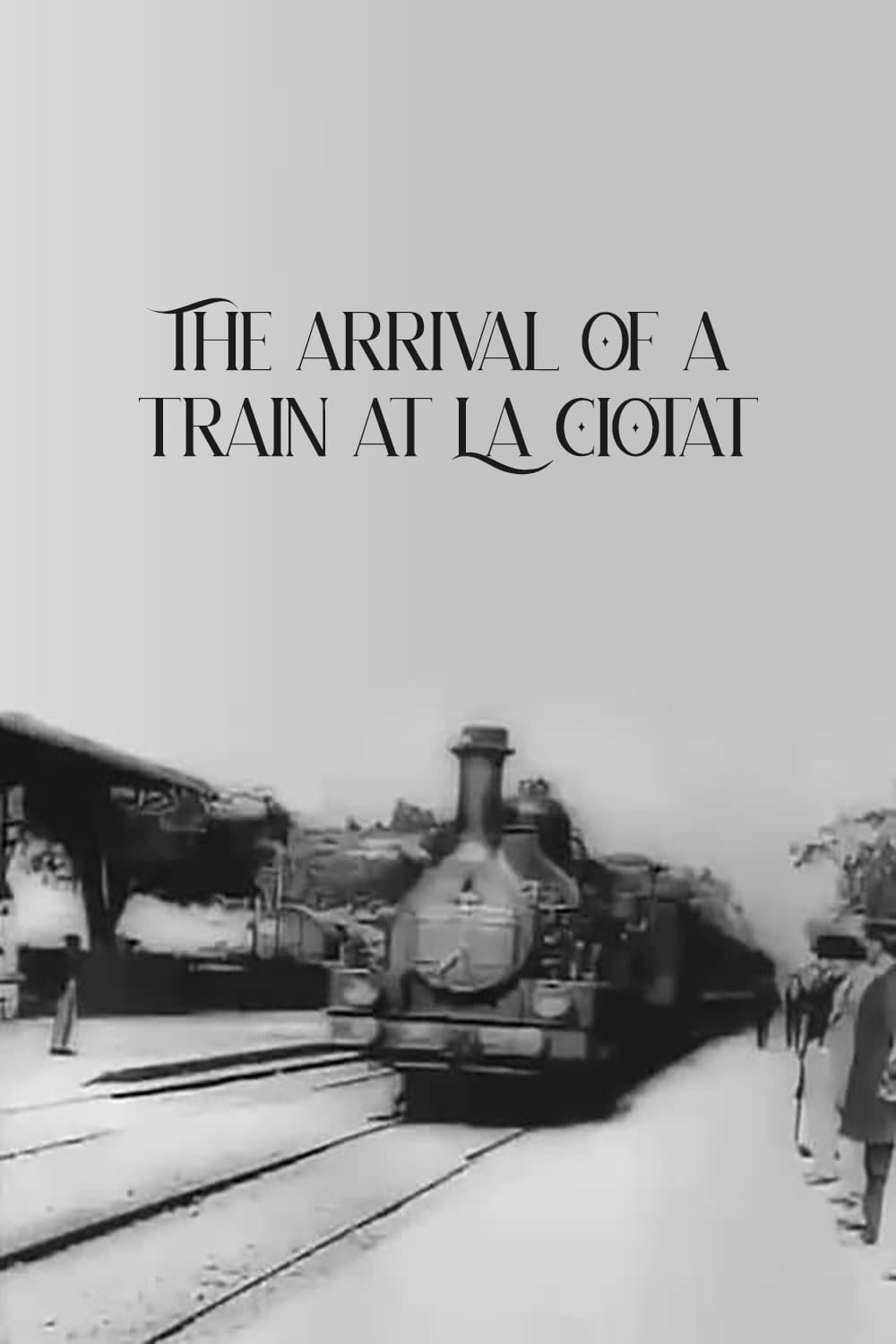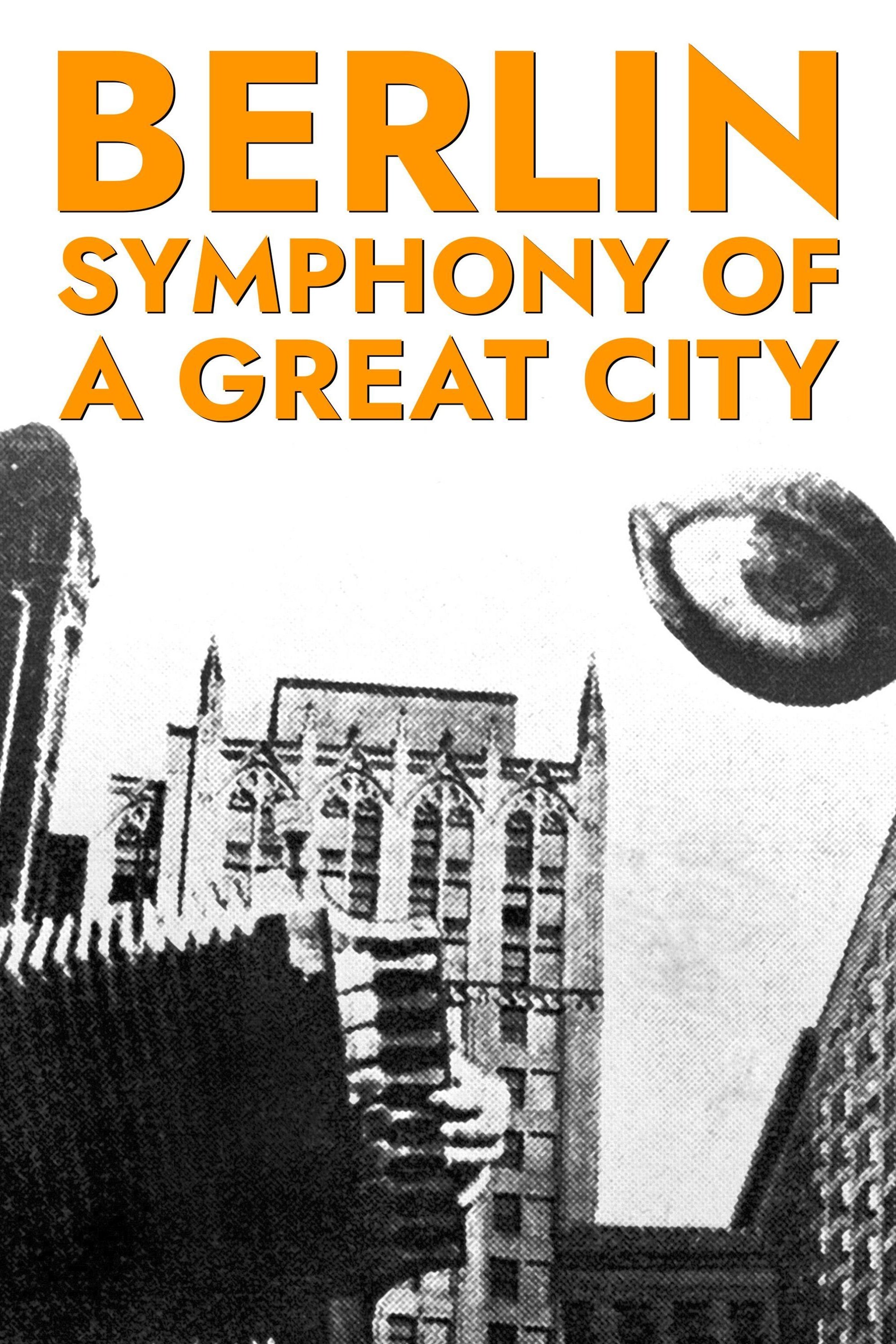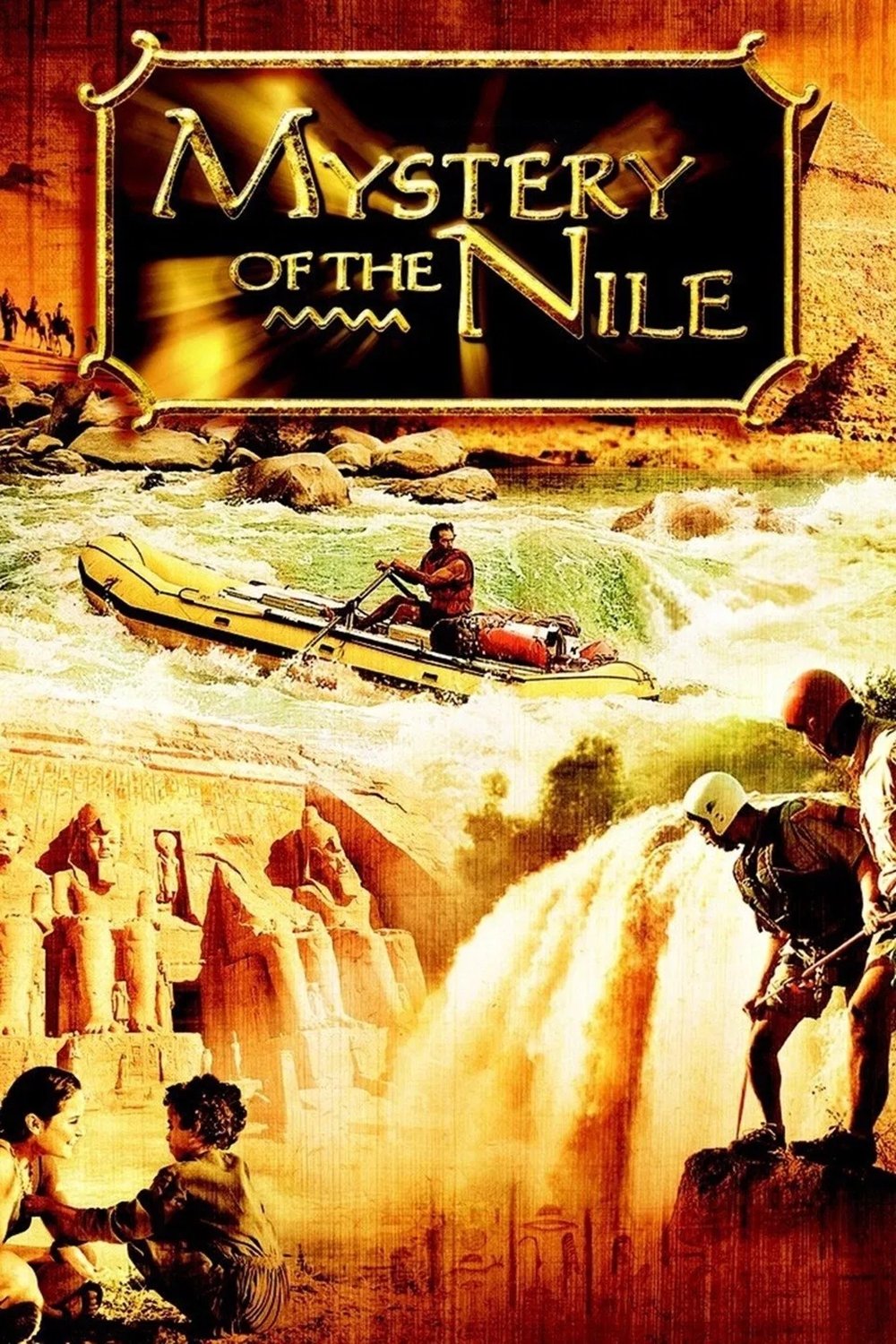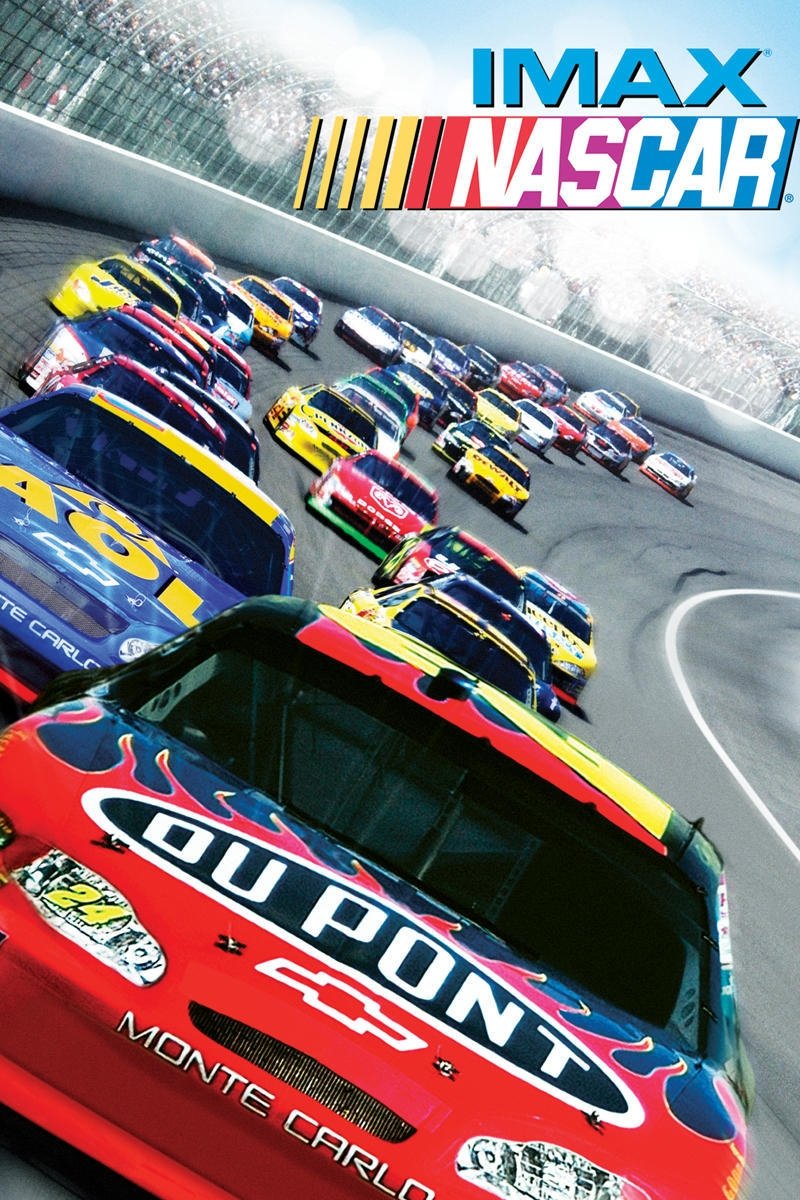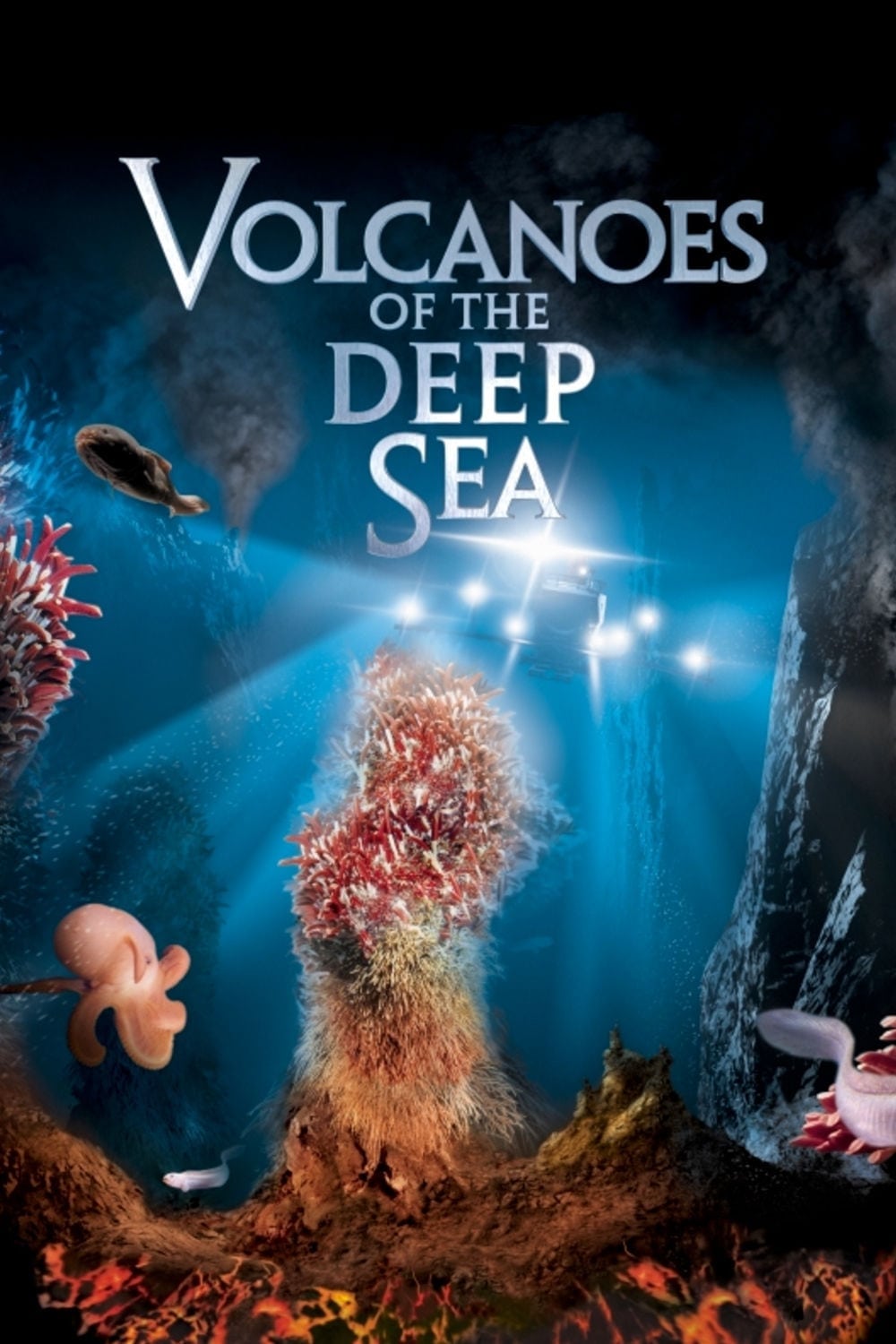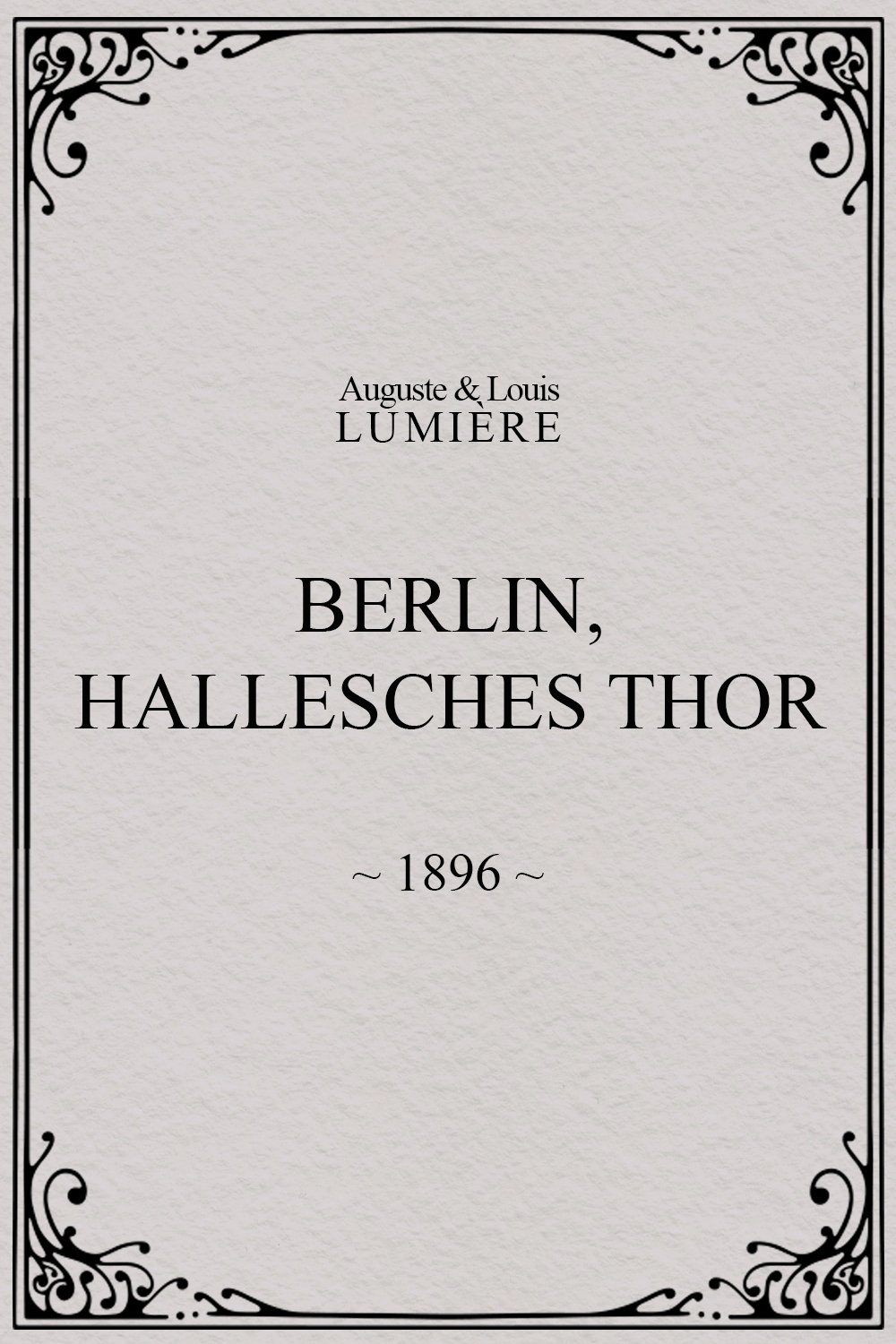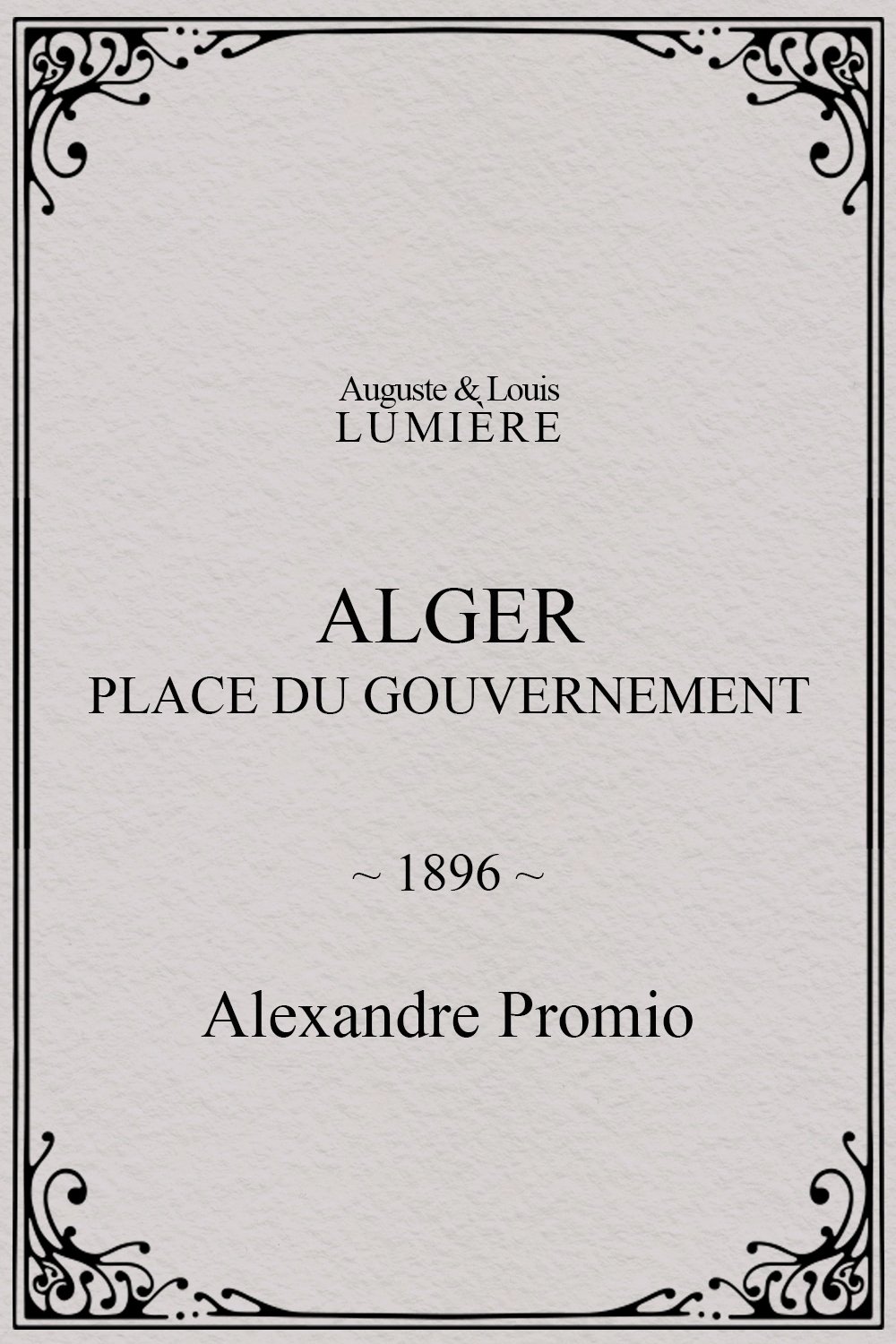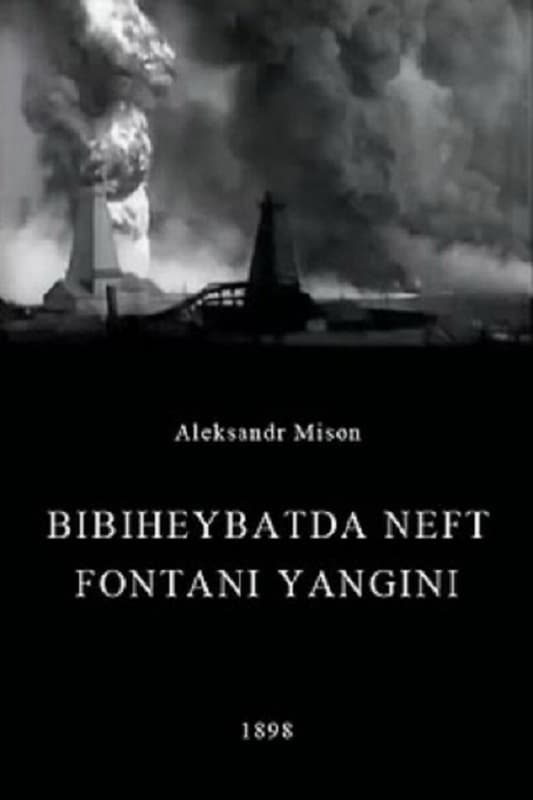
Oil Gush Fire in Bibiheybat (1898)
Released:
1898-08-02
Duration:
1min
Genres:
Documentary
Rating 5.5
Overview
The film was filmed in Bibi-Heybat, a suburb of Baku (now the capital of Azerbaijan), during a fire at the Bibi-Heybat oil field. The film was shot on 35mm film by the Lumiere brothers in 1898. On August 2 of the same year, a demonstration of Alexander Michon's program took place, which included the film "Fire at an oil fountain in Bibiheybat".
Production Companies
Additional Info
| Budget | $0.00 |
|---|---|
| Revenue | $0.00 |
| Original Language | az |
| Popularity | 0.091 |
Directed By
Alexandre Michon
Crew
Producer
Louis Lumière
Louis Lumière
Producer
Auguste Lumière
Auguste Lumière
Director of Photography
Alexandre Michon
Alexandre Michon
Director
Alexandre Michon
Alexandre Michon
